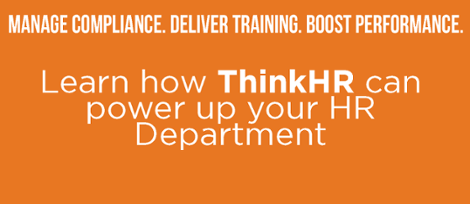Employee Engagement means many different things to many different employees and employers. One way to view employee engagement is the level of commitment and investment and employee has in the future of a company. This is not financial engagement but rather personal commitment to the well-being of an organization where employees feel the need to go above and beyond their call of duty to engage and commit to the company.
Successful engagement is not without its challenges
Employee engagement according to the above definition could be a challenging quality to find in the current economic state where many companies have had to cut back on headcount, which in turn has created an increase in workload for many. The increase in workload with little compensation can easily cause disgruntled employees. So here is a quick reminder of the top ten C’s of employee engagement.
The Top 10 C's
Control: in order to create a level of employee engagement, giving employees control over their job and priorities can create a sense of trust and value. Engaging employees in decisions and involving them in various activities helps employees feel valued.
Confidence: create a sense of confidence within employees to help promote their future in the company. Leading by example creates an environment where employees want to strive to be the best they can be. Negative attitudes don’t bode well with employee engagement.
Clarity: It’s no secret that clarity in communication is key. However, clarity in goals is also important. It’s just as important for an employee to be clear on the company goals, and how that is directly impacted or influenced by the employee’s goals in order to get full employee engagement.
Connect: Employees need to feel valued from all areas of the business, leaders, bosses, and higher position employees. Having strong relationships with leaders creates a sense of mentorship and strong employee engagement.
Credibility: Companies that holds high ethical standards and is seen as a credible company then represent their employees as credible and can create a strong sense of integrity.
Convey: A large part of employee engagement is understanding their impact on the organization. Leaders in the organization need to convey employee roles clearly but also come back with direct results and impact employees had in various successes.
Contribute: Employees engage when they know that their role has a direct impact on the success of the company.
Career: knowing there is opportunity for growth and not a stagnant position creates employee motivation and employee engagement. Motivation is more likely when there is a goal to reach.
Congratulate: give recognition to those who do well and have gone above and beyond to obtain the results companies are looking to achieve.
Collaborate: create teams in which there is healthy competition, support, trust, and cooperation. Good team leaders encourage teamwork to maximize the potential of a department.
Download our free white paper on Employee Engagement and Employee Benefits and find out how they are correlated.
Are there any other "C's" that we are missing? What else works for your company to build employee engagement?
.png?width=69&height=53&name=Acrisure%20Logo%20(White%20Horizontal).png)


